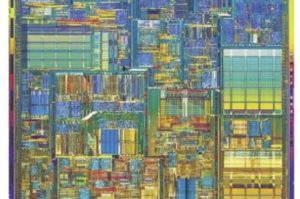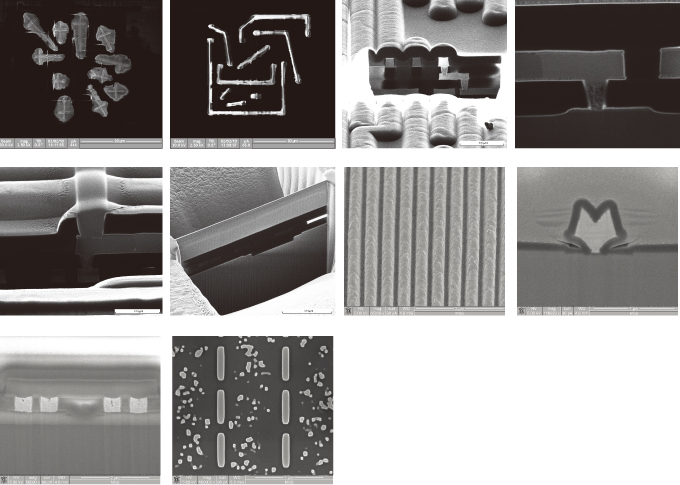Unlock Chip PIC10F222 Binary
Unlock Chip PIC10F222 locked flash and eeprom memory, extract the code from the Microcontroller and clone the firmware in the format of hex or bin to other blank MCUs;
Data memory is composed of registers or bytes of RAM. Therefore, data memory for a device is specified by its register file. The register file is divided into two functional groups: Special Function Registers (SFR) and General Purpose Registers (GPR).
The Special Function Registers include the TMR0 register, the Program Counter (PCL), the STATUS register, the I/O register (GPIO) and the File Select Register (FSR). In addition, Special Function Registers are used to control the I/O port configuration and prescaler options.
The General Purpose Registers are used for data and control information under command of the instructions. For the PIC10F220, the register file is composed of 9 Special Function Registers and 16 General Purpose Registers.
For the PIC10F222, the register file is composed of Special Function Registers and 23 General Purpose Registers (Figure 4-4). The Special Function Registers (SFRs) are registers used by the CPU and peripheral functions to control the operation of the device (Table 4-1).
The Special Function Registers can be classified into two sets. The Special Function Registers associated with the “core” functions are described in this section. Those related to the operation of the peripheral features are described in the section for each peripheral feature.
This register contains the arithmetic status of the ALU, the Reset status and the page preselect bit. The STATUS register can be the destination for any instruction, as with any other register. If the STATUS register is the destination for an instruction that affects the Z, DC or C bits, then the write to these three bits is disabled. These bits are set or cleared according to the device logic.
Furthermore, the TO and PD bits are not writable. Therefore, the result of an instruction with the STATUS register as destination may be different than intended. For example, CLRF STATUS will clear the upper three bits and set the Z bit. This leaves the STATUS register as 000u u1uu (where u = unchanged).
Therefore, it is recommended that only BCF, BSF and MOVWF instructions be used to alter the STATUS register. These instructions do not affect the Z, DC or C bits from the STATUS register. For other instructions, which do affect Status bits, see Instruction Set Summary.
As a program instruction is executed, the Program Counter (PC) will contain the address of the next program instruction to be executed. The PC value is increased by one every instruction cycle, unless an instruction changes the PC. For a GOTO instruction, bits 8:0 of the PC are provided by the GOTO instruction word. The PC Latch (PCL) is mapped to PC<7:0>.
For a CALL instruction or any instruction where the PCL is the destination, bits 7:0 of the PC again are provided by the instruction word. However, PC<8> does not come from the instruction word, but is always cleared (Figure 4-5). Instructions where the PCL is the destination or Modify PCL instructions, include MOVWF PC, ADDWF PC and BSF PC, 5.
The PC is set upon a Reset, which means that the PC addresses the last location in program memory (i.e., the oscillator calibration instruction). After executing MOVLW XX, the PC will roll over to location 0000h and begin executing user code.
Tags: unlock chip software archive,unlock chip software code,unlock chip software content,unlock chip software data,unlock chip software eeprom,unlock chip software file,unlock chip software firmware,unlock chip software information,unlock chip software memory,unlock chip software program



